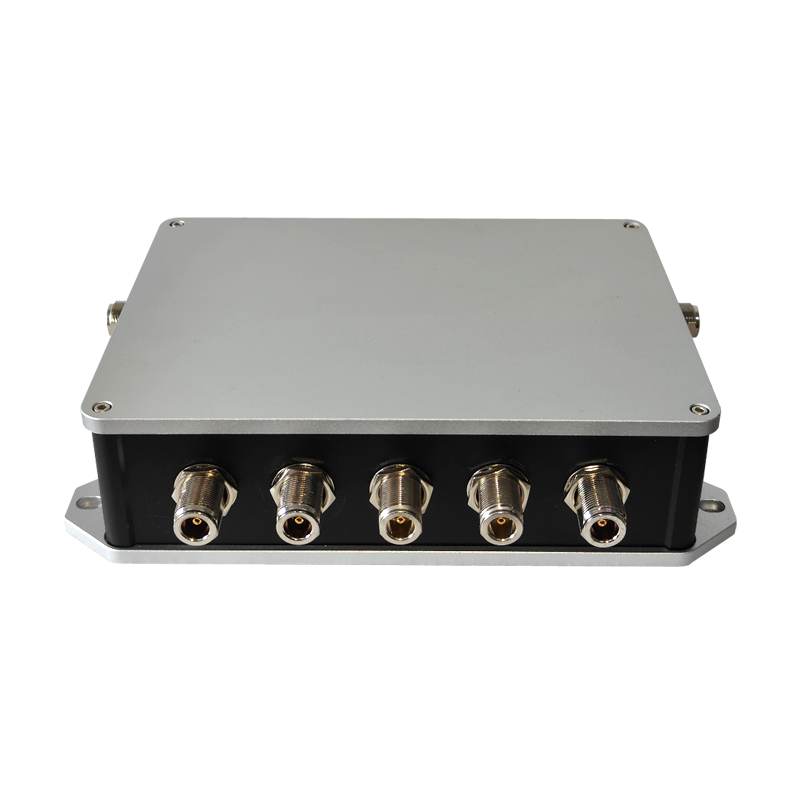In today’s demanding industrial environments, organizations are under increasing pressure to ensure reliable connectivity, maximize uptime, and maintain operational efficiency. This is particularly challenging in harsh environments such as remote mining sites, oil rigs, construction zones, and substations where environmental stressors can severely compromise traditional communication hardware. Enter ruggedized gateways: robust connectivity devices purpose-built for extreme conditions. This blog explores how to calculate the return on investment (ROI) of ruggedized gateways and evaluates their long-term value in high-stress deployment scenarios.
Table of contents
Understanding Ruggedized Gateways
What Makes a Gateway Ruggedized?
Ruggedized gateways are engineered to withstand extreme temperatures, humidity, dust, vibration, electromagnetic interference, and even physical shocks. These devices are usually certified to IP65/67 or MIL-STD-810G standards and constructed using industrial-grade materials. Beyond durability, they are equipped with high-performance processors, multi-protocol support (MQTT, TCP/IP, HTTPS), advanced security features, and fail-safe communication capabilities.
The key advantage lies in their ability to deliver uninterrupted connectivity in harsh environments, where conventional gateways would fail prematurely.
Why ROI Calculation Matters for Ruggedized Gateways
Investing in ruggedized gateways may initially appear cost-prohibitive due to their higher price point. However, their extended service life, reduced maintenance, and superior performance can lead to significant long-term savings. ROI calculation helps decision-makers justify the upfront investment by highlighting the total lifetime value.
A basic ROI formula:
ROI (%) = [(Total Benefits – Total Costs) / Total Costs] x 100
Let’s break this down further for it.
Key Factors Influencing ROI
1. Initial Hardware Cost
Ruggedized gateways typically cost more than standard gateways. However, when considering the cost of frequent replacements, repairs, or service disruptions due to equipment failure, ruggedized devices become the more economical choice over time.
2. Operational Efficiency
In environments where communication failures can halt operations, ruggedized gateways deliver superior uptime. This ensures continuous data flow for real-time monitoring, automation, and decision-making.
3. Reduced Downtime
Frequent equipment failures often result in downtime, loss of productivity, and repair expenses. Ruggedized gateways are less prone to such failures, which significantly reduces unscheduled maintenance.
4. Lifecycle Longevity
Standard gateways may last only 1–2 years in harsh settings. Ruggedized gateways often operate reliably for 5–7 years or more, offering a longer amortization period for the initial investment.
5. Environmental Adaptability
Whether it’s -40°C temperatures, heavy rain, or dusty deserts, ruggedized gateways are built to adapt. Their consistent performance across varied conditions ensures optimal uptime.
6. Power & Communication Flexibility
Support for solar, battery, or DC power and various data protocols (e.g., MQTT, NTRIP Server) ensures these devices can fit into any network infrastructure without costly overhauls.

Example ROI Scenario: Harsh Industrial Site
Imagine a mining company operating in a desert region.
- A commercial gateway fails every 6 months due to heat exposure.
- A ruggedized gateway operates without issues for 5 years.
- Each failure of the commercial unit results in 12 hours of downtime and $3,000 in lost productivity.
- Over 5 years, the rugged gateway avoids 10 such incidents ($30,000 saved).
- Initial investment in rugged gateway: $800
Estimated ROI = [(30,000 – 800) / 800] x 100 = 3650%
This simplified example highlights the enormous potential return on investment when deploying ruggedized gateways in mission-critical settings.
Real-World Benefits in Harsh Environments
Mining and Resource Extraction
In open-pit or underground mines, ruggedized gateways support autonomous trucks, real-time personnel tracking, and environmental sensors. They enable seamless operations despite vibrations, dust, and electromagnetic noise.
Utility and Energy
Substations and renewable energy farms often face extreme weather. Rugged gateways maintain grid communication, helping operators detect anomalies and balance loads in real time.
Military and Emergency Services
Rugged gateways are vital for temporary field setups or disaster recovery zones where communication is mission-critical and infrastructure is minimal.
Transportation Infrastructure
From railways to highways, rugged gateways provide real-time status updates, video surveillance feeds, and incident alerts even under continuous vibration or exposure to the elements.
Long-Term Value: Beyond Cost Savings
While ROI is often calculated in monetary terms, the true value of it extends into other qualitative benefits:
- Enhanced safety through uninterrupted surveillance and monitoring
- Regulatory compliance via continuous data logging
- Reputation management by minimizing operational failures
When these benefits are considered alongside financial ROI, the case for ruggedized gateways becomes even more compelling.
Final Thoughts: A Smart Investment for Harsh Environments
In conclusion, ruggedized gateways offer more than just a hardware solution—they represent a strategic investment in stability, safety, and operational excellence. While the upfront costs may be higher, the ROI in harsh environments is consistently high due to fewer failures, extended lifespans, and ongoing productivity benefits.
FAQs
Ruggedized gateways are purpose-built for harsh environments with features like temperature tolerance, shock resistance, waterproofing, and dust sealing.
Add up all the cost savings from reduced downtime, extended lifespan, and improved productivity. Subtract the cost of acquisition and divide by that cost to determine the return on investment.
Yes initially, but their total cost of ownership is much lower over time due to fewer failures, lower maintenance, and longer operational life.
Sectors like mining, energy, defense, transportation, and construction gain the most due to their harsh operational conditions and the need for reliable communication.
Absolutely. Most support protocols like MQTT, HTTPS, and TCP/IP, enabling seamless integration with existing infrastructure or private data platforms.
